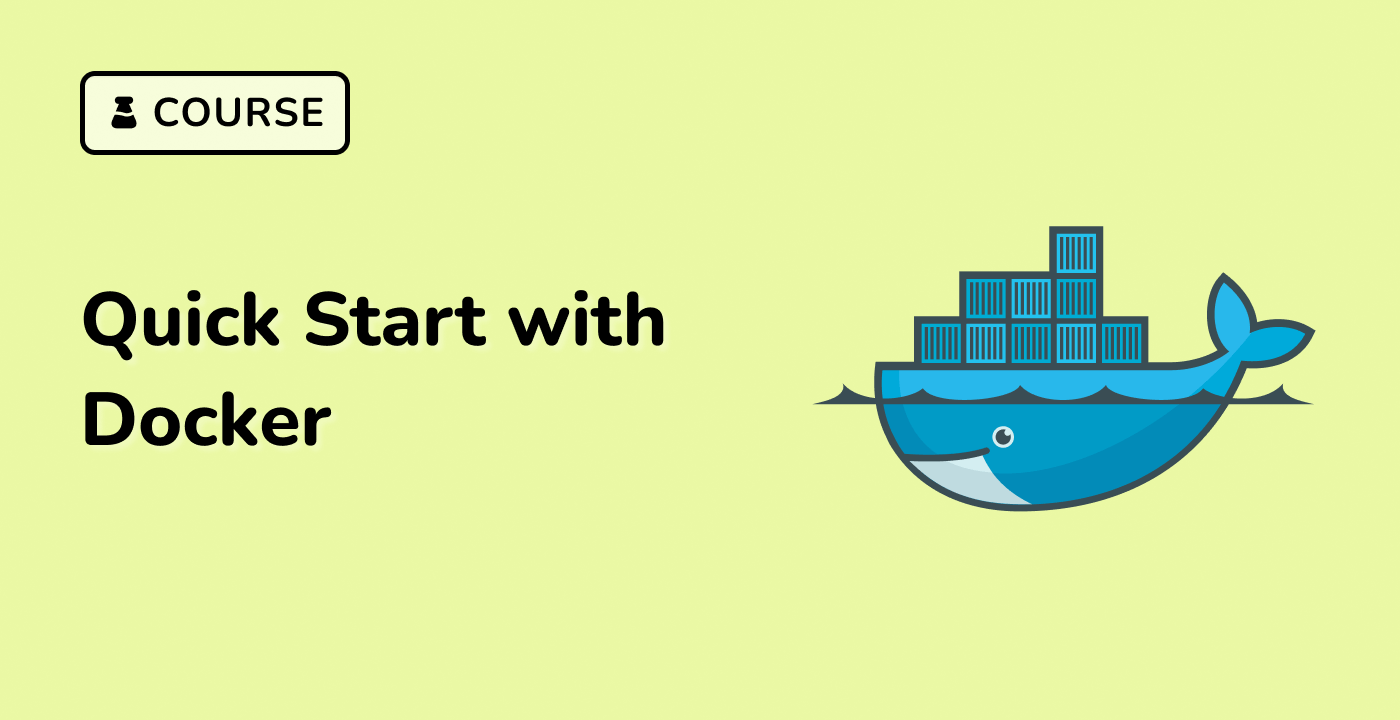Deploying a Web Server with Docker
Creating a Dockerfile
To deploy a web server using Docker, you first need to create a Dockerfile. A Dockerfile is a text file that contains the instructions for building a Docker image. Here's an example Dockerfile for a simple Nginx web server:
## Use the official Nginx image as the base image
FROM nginx:latest
## Copy the default Nginx configuration file
COPY default.conf /etc/nginx/conf.d/default.conf
## Copy the web application code to the container
COPY app/ /usr/share/nginx/html/
## Expose port 80 for HTTP traffic
EXPOSE 80
## Start the Nginx server
CMD ["nginx", "-g", "daemon off;"]
This Dockerfile:
- Uses the official Nginx image as the base image.
- Copies the default Nginx configuration file to the container.
- Copies the web application code to the container's web root directory.
- Exposes port 80 for HTTP traffic.
- Starts the Nginx server.
Building and Running the Docker Image
Once you have the Dockerfile, you can build the Docker image using the docker build command:
## Build the Docker image
docker build -t my-nginx-server .
This command builds the Docker image with the tag my-nginx-server using the Dockerfile in the current directory.
After the image is built, you can run a container based on the image using the docker run command:
## Run the Docker container
docker run -d -p 80:80 --name my-nginx-server my-nginx-server
This command:
- Runs the container in detached mode (
-d).
- Maps port 80 on the host to port 80 in the container (
-p 80:80).
- Assigns the name
my-nginx-server to the container.
- Uses the
my-nginx-server image to create the container.
Scaling and Load Balancing
To scale your web server, you can run multiple instances of the Docker container and use a load balancer to distribute the traffic across the instances. Here's an example of how you can do this using Docker Compose:
version: "3"
services:
web:
build: .
ports:
- 80:80
deploy:
replicas: 3
load-balancer:
image: nginx:latest
ports:
- 8080:80
depends_on:
- web
configs:
- source: nginx-config
target: /etc/nginx/conf.d/default.conf
configs:
nginx-config:
file: ./nginx.conf
This Docker Compose file:
- Builds the
web service using the Dockerfile in the current directory.
- Deploys three replicas of the
web service.
- Runs an Nginx load balancer service that listens on port 8080 and forwards traffic to the
web service instances.
- Mounts a custom Nginx configuration file to the load balancer container.
By using Docker Compose and load balancing, you can easily scale your web server and ensure high availability and fault tolerance.




